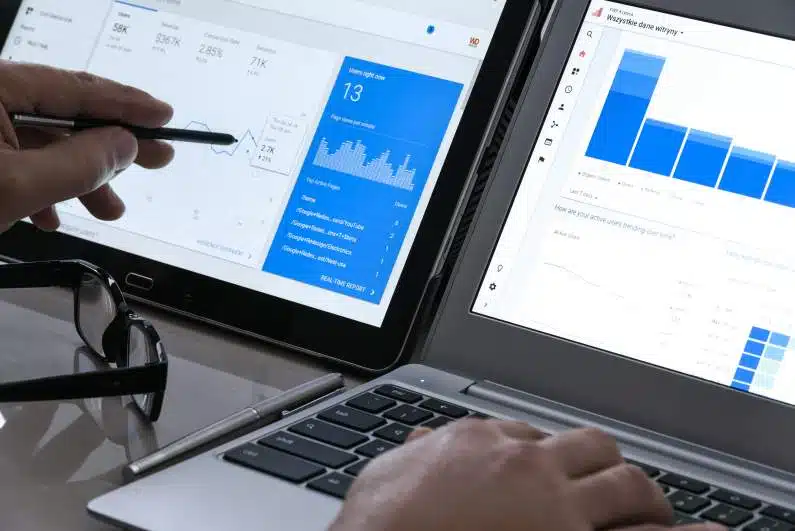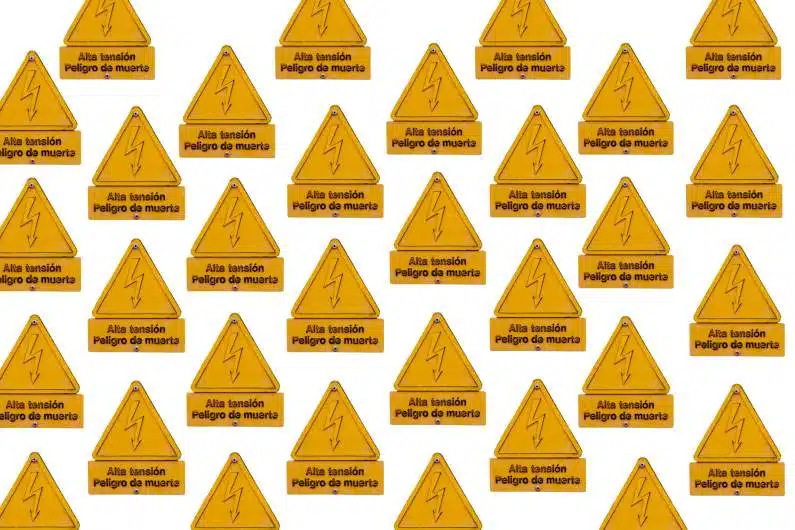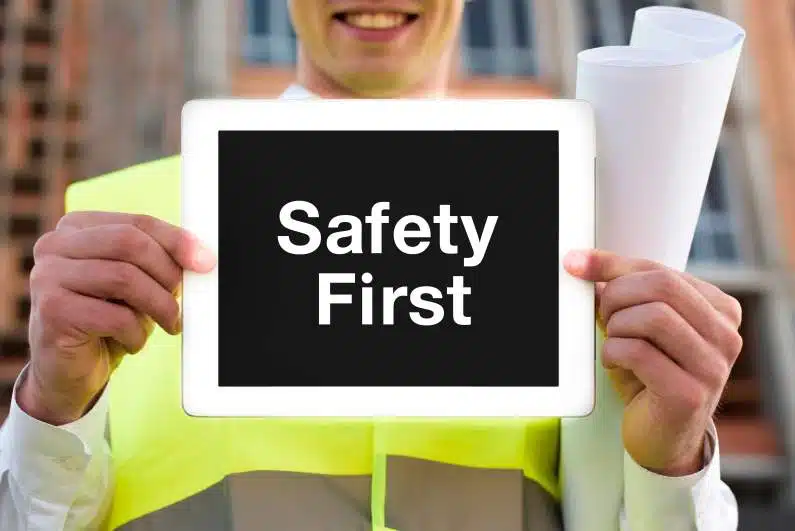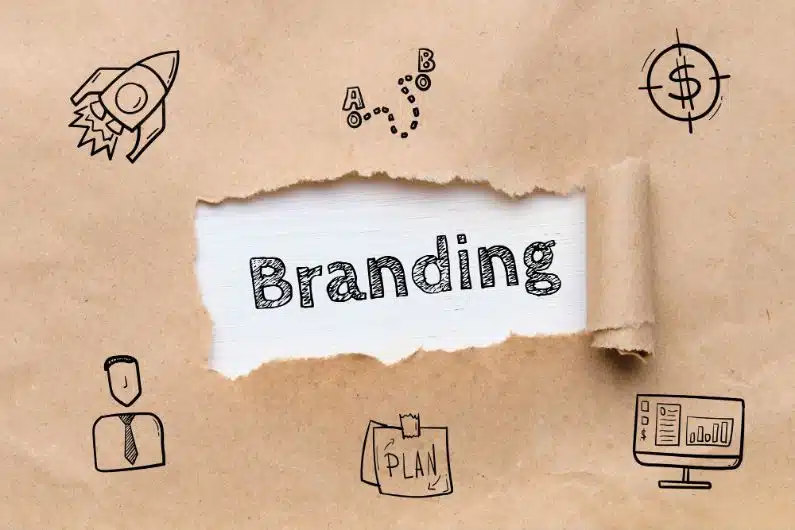Your website has seen success in English-speaking regions. That’s great!
Now, you’re ready to take things even further.
Why focus on just one area when you could go international? This is where SEO comes in. You have to do more than professionally translate your content—you also need to optimize it to broaden your customer base.
When you work on your website’s search engine optimization, one of the main focuses is bringing more traffic to your site.
If your website isn’t multilingual, only so many people will be able to understand its content.
Broaden the number of languages on your site to extend your reach.
But how do you grow your business without losing your balance?
What if you put all the work and money into making your website multilingual-friendly, only to get very little traffic?
It takes more than just translating your content to make a successful multilingual website.
You need to implement the following key strategies in your SEO to help your international website take off:
Research the Market
You need to adapt your marketing strategy with help of web design and digital marketing agency to suit the location that you’re targeting.
When you optimize your title tags, you may know how to write one that will connect with readers that speak English, but you’ve got to think about the big picture.
Different styles and phrases will be more successful in other languages.
Find out which keywords on your website are helping you rank. Then, look at what their equivalent might be in another language.
Usually, it isn’t a direct translation of the original keyword.
What are people searching for in your targeted location? You need to find these high-volume terms to tap into those markets.
Google offers a free keyword planner to help you find these keywords.
It’s also a good idea to consult with a localization service that specializes in SEO that can help you ensure your website is seen and appreciated by your target audience.
Use a Translation Service
When you’re converting content from one language to another, it might be tempting to copy and paste it into Google Translate.
Unfortunately, this won’t cut it because there are too many nuances to the meaning of a sentence. If your content is translated poorly, you are putting your brand’s reputation in danger.
You risk being misconstrued, or even offensive. This isn’t the type of task that you want to leave up to a machine.
All your efforts to make your website multilingual will be squandered if users can’t understand your content!
Native language speakers can tell the difference between a text that’s been poorly machine translated and one that’s translated by an experienced bilingual translator.
Instead, consider the website translation services at BeTranslated, and keep your business image professional.
This investment will be worth your while when you are able to cater your content to speakers of many different languages.
Add Hreflang Tags to Your Site Code
When you translate your existing content, you want to avoid making duplicate pages; that might cause your rankings to drop in search results.
So, should you simply add the translated content to the original page? The answer is no.
This makes for a confusing user experience; the reader would be able to understand the article, but not the navigation links on the side.
This is where hreflang tags come in. For search engines to understand what language or location your page is intended for, you need to tell it, and you can do so using hreflang tags.
Basically, it’s an HTML tag that signals to search engines which language each page uses—hreflang tags are essential for websites with multiple languages.
They show Google that your page in another language is not duplicate content. It’s a piece of code that looks like this:
hreflang= “(insert language and location here; for example, en-au)”
Add these tags to your sitemap or the header of a page. If you have a page that’s meant for multiple areas, add multiple tags to reflect that.
Remember, these tags apply to countries, not entire regions (You can’t target Europe, but you can target France or Germany, for example).
If you want to give it a shot, try this hreflang generator.
Build Links in Local Areas
With any SEO campaign, there’s a significant focus on link building.
If you’ve been working on your site’s SEO for some time, then you’ve probably got a good number of links from other English websites.
However, if you want to rank internationally, you need international links. That means creating content for other websites that use the same language you’re targeting.
You’ll need to write guest posts for other sites in the language that they use, as well as conduct outreach.
It’s going to be a bit of work, and a lot of back and forth with your translation service, but the payout will be worth it—link building is one of the most important ranking factors.
The Takeaway
If you want to expand your brand to other areas of the world, and reach customers who speak other languages, then you’ll need a multilingual SEO strategy.
The four above tips can get you started on updating your site code, blog posts, and outreach campaigns so that your website ranks in different locations.
There’s just one thing you need to tie it all together: a professional translator to convert your content.
Here at BeTranslated our team of talented translators specialize in a wide range of language pairs, including European languages like German, Asian languages such as Korean, and many more.
In addition to our translators, BeTranslated’s experienced project managers are here to answer all your question as they guide you through the process.
For more information or a free, no-obligation quote contact us today.





